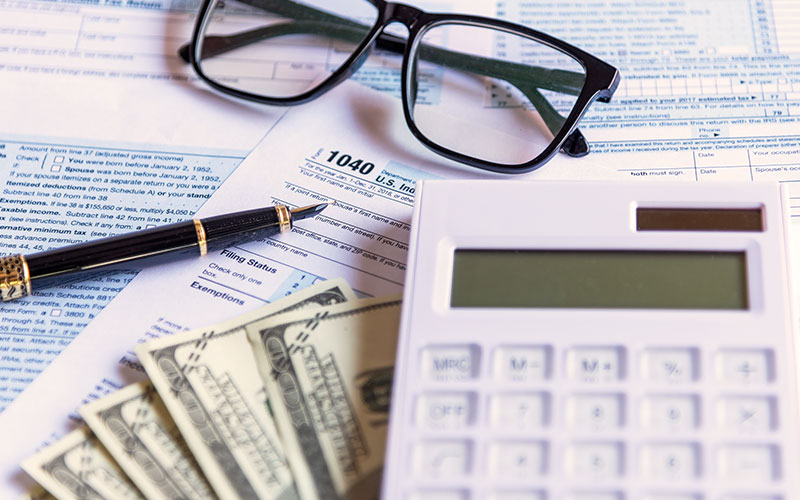Five-Year NOL Carryback Rule
The Service has issued guidance pursuant to Rev. Proc. 2020-24, which provides tax relief under the CARES Act for taxpayers with net operating losses, in addition to tax relief for partnerships filing amended returns. Section 2303(b) of the CARES Act amended Code §172(b)(1)(D) to provide for a carryback of any net operating loss (NOL) arising in a taxable year beginning after December 31, 2017, and before January 1, 2021, to each of the five taxable years preceding the taxable year in which the loss arises (carryback period).
As a result of that amendment, taxpayers are instructed to take into account such NOLs in the earliest taxable year in the carryback period (i.e., the full five years back, given that they have been in existence for at least that long). They can carry forward unused amounts to each succeeding taxable year. But, as in the past, before the TCJA initially did away with the ability to carry back NOLs, taxpayers are free to make an election to forgo the carryback period under Code §172(b)(3).
The revenue procedure also states that for an NOL arising in a taxable year beginning after December 31, 2017, and before January 1, 2020 (i.e., 2018 and 2019), the taxpayer can attach the waiver to forgo any NOL carryback to the return for the first tax year ending after the enactment date for the CARES Act (i.e., March 27, 2020).
Electing to Forgo the Carryback Option for an NOL
Specifically, the revenue procedure states that an election to forgo the carryback option for an NOL arising in a taxable year beginning in either 2018 or 2019 must be made no later than the due date. That includes extensions for filing the taxpayer’s Federal income tax return for the first taxable year ending after March 27, 2020. And, for an NOL actually arising in a taxable year beginning after December 31, 2019, and before January 1, 2021, an election must be made no later than the due date, including extensions, for filing the taxpayer’s Federal income tax return for the taxable year in which the NOL arises (i.e., the 2020 tax return). The election statement must state that the taxpayer is electing to apply Code §172(b)(3) under Rev. Proc. 2020-24 and the taxable year for which the statement applies. Once made, the election is irrevocable.
Comment: Basically, taxpayers would not have to amend either their 2018 or 2019 tax return in order to waive the carryback. Instead, they could indicate this choice (and which tax year(s) it applied to) when they file their 2020 tax return).
Fiscal Years Containing December 31, 2018: Some confusion had arisen as to the statement in the revenue procedure that stated for a fiscal tax year that began before January 1, 2018, and ended after December 31, 2017, taxpayers could waive a carryback period, reduce a carryback period, or revoke an election to waive a carryback period. But, it is only for this specific fiscal year and not any other years (i.e., fiscal or calendar yearend) that do not involve December 31, 2018. (Code§172; NOL Carryback).
Comment: The reasoning for this special rule for only fiscal tax years beginning in 2017 might have something to do with the fact that, as of that point in time before the 1/1/2018 effective date of the TCJA, there was a 2-year carryback period for NOLs (with a limited 20-year carryforward period).
Authored by:
Dr. John Connors, JD, CPA, LLM
Tax Educator’s Network, LLC
TaxesProf@msn.com
For subscription information on Dr. John Connors’ educational materials, click here.




